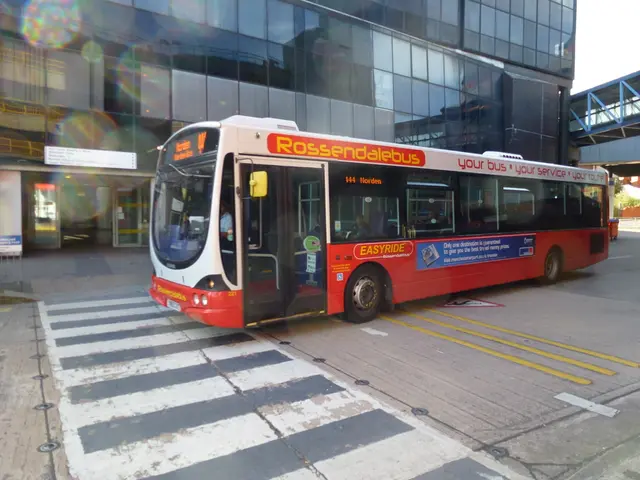Volvo Makes Strategic Shifts to Enhance Product Portfolio
Volvo Cars is making significant changes to its leadership and product strategy in an effort to boost sales of its battery-electric vehicles (BEVs) in key markets like Europe and China. The Swedish automaker has appointed Erik Severinson as the new Chief Commercial Officer (CCO), while Michael Fleiss returns to Volvo Cars as the Chief Product and Strategy Officer.
Håkan Samuelsson, Volvo CEO, expressed his delight at welcoming Erik Severinson to his new role and Michael Fleiss back to Volvo Cars. "We are excited to have Erik Severinson join our team as CCO, and we are equally thrilled to have Michael Fleiss return as our Chief Product and Strategy Officer," said Samuelsson.
Erik Severinson, who has been with Volvo since 2008, will be responsible for handling the launch of Volvo's forthcoming EX60 mid-size BEV in Europe. His mission as CCO is to fill gaps in Volvo's product lineup and improve sales of its battery-electric vehicles.
The role of CCO at Volvo Cars will now involve managing a larger team, a reflection of the company's growing focus on BEVs. Michael Fleiss, on the other hand, will take on the responsibility of leading the team tasked with reviewing Volvo's product offerings and powertrain options for consumers.
The return of Michael Fleiss is part of the changes happening at Volvo Cars, aimed at strengthening the company at a pivotal moment. Fleiss has worked in several business areas in the company, including head of finance for research and development, responsible for all central and industrial functions, controlling function and financial steering, industrial strategy, and head of strategy and new cars. His most recent position was as chief product and strategy officer.
The EX60 mid-size BEV launch is intended to avoid issues that plagued the launch of Volvo's bigger sibling, the EX90. The EX90 model saw delivery delays due to software issues. With the EX60, Volvo aims to build on the XC60’s success as Europe’s best-selling plug-in hybrid SUV by offering a fully battery-electric option that leverages Volvo’s premium tech, safety features, and Scandinavian design ethos.
Volvo's strategy to improve sales of its BEVs focuses on gradually transitioning from hybrids to fully electric, with the EX60 as a direct electric successor to the popular XC60. The company continues to sell mild-hybrid and plug-in hybrid XC60 versions, which remain strong sellers, especially in Europe.
The focus will be on technology and premium refinement, with the 2025 XC60 facelift bringing subtle design and technology updates to maintain competitiveness and customer interest ahead of the EX60 launch. Volvo emphasizes a tech-forward, understated luxury feel tailored to safety-conscious and refinement-seeking buyers.
Market-specific launches and product refreshes are also a key part of Volvo's strategy. The company is capitalizing on the mid-size SUV segment’s popularity with incremental improvements to keep models fresh and appealing, which supports the broader BEV launch plan. The EX60, positioned as a mid-size fully electric SUV, is designed for markets like Europe and China where BEV demand is growing.
Volvo's commitment to electrification is evident in its goal to have 90% of its sales electrified by 2030. The introduction of the EX60 aligns with this commitment, as it aims to appeal to consumers ready to adopt full electric technology.
In addition to these changes, Volvo is also in talks to sell its vehicle lease business. These changes at Volvo Cars are significant for the company and the industry, marking a bold step towards a fully electric future.
Read also:
- Unchecked Management of HP Dams Leads to Environmental Disaster: RTI Reveals
- CDU Hamm: Aim, Chosen Candidate, and Local Election Agenda
- Impact of Trump's Enforced Russia Sanctions Could Compel Putin's Decision-Making
- Nordstrom taps prominent New York residents for their second advertising campaign in the city.








